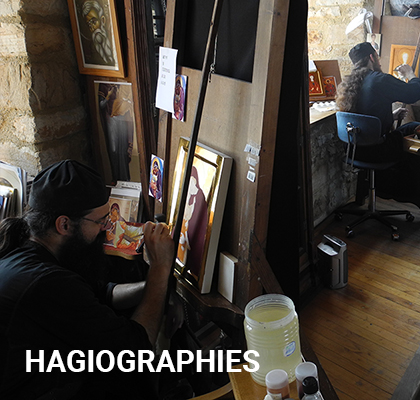The Holy Monastery of Karakalou
The Holy Monastery of Karakalou Founded in the eleventh century, the monastery received its name after either the Roman emperor Karakala or the monk, Karakalas, who was said to be its founder.
Karakalou was first mentioned in documents from 1018 and 1087. Built on the side of a mountain Karakalou appears now like a fortress overlooking the Mediterranean Sea, the consequence of having been destroyed twice. In the thirteenth century it was devastated by Latin and pirate raids during the period of occupation by Frankish forces after they had conquered Constantinople in 1204.
Then, prior to its rebuilding in the sixteenth century, the monastery was destroyed again by pirates. The emperors Andronic II and John V Paleologos rebuilt Karakalou after the first destruction and after the second raid it was rebuilt by Peter IV Rareș, the ruler of Moldavia and his descendants.
According to the local athonite tradition, later on, Peter took monastic vows at Karakalou. In the seventeenth century, Karakalou was given ownership of the dependency of St. Nicholas in Ismaelia. Under Ottoman rule the monastery lost its estates to expropriation by the Turks. The monastery also played a role in the struggle by the Greeks for liberation of their homeland from Ottoman rule.
Karakalou is dedicated to the Apostles Paul and Peter. It is ranked eleventh in the hierarchical order of the twenty monasteries located on the Mount Athos peninsula.
The main church, the katholikon, was built between 1548 and 1563 in the Athonite style. The murals were added in 1716, and in 1763 the outer narthex was painted with scenes from the Book of Revelations. The church houses a portable icon of the Apostles that was painted by Dionysius in the early eighteenth century. There are seven chapels within the walls of the monastery. In addition the monastery has eighteen Kellia, four in Karyes and fourteen in the forest southwest of the monastery. The monks of Karakalou have followed the coenobium discipline since 1813.










